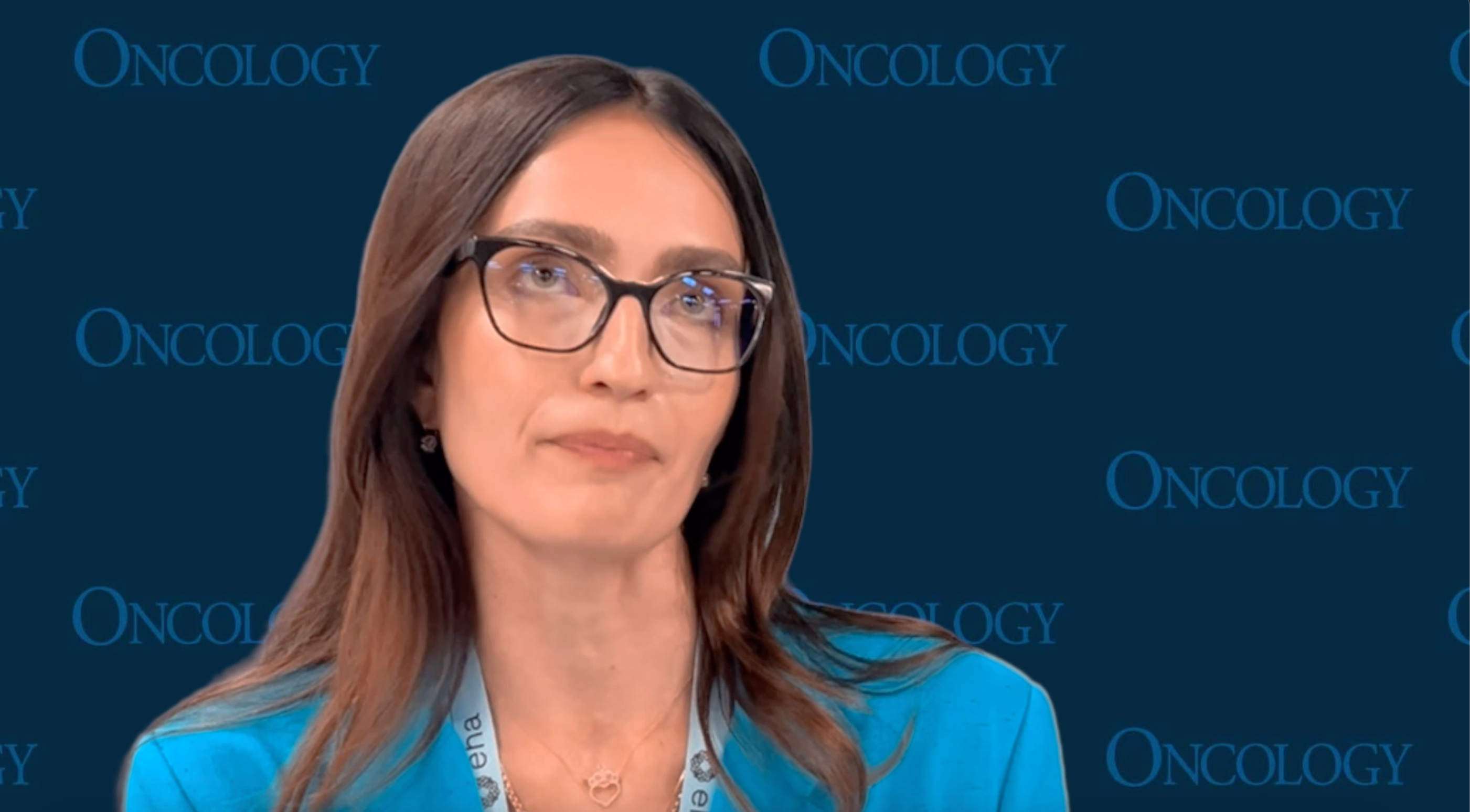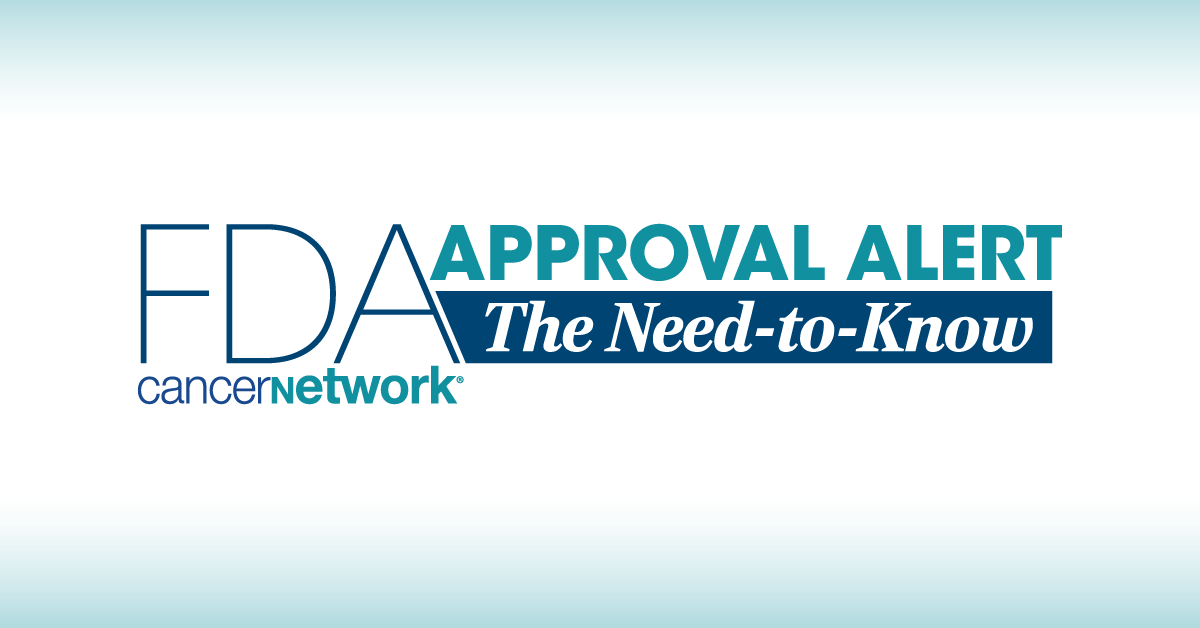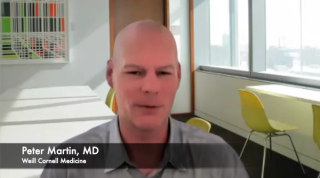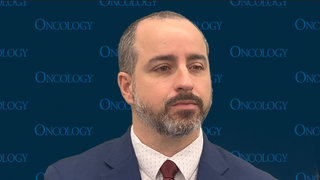
Lymphoma
Latest News
Latest Videos

Podcasts
More News

In patients with advanced Hodgkin lymphoma, BrECADD was noninferior to eBEACOPP chemotherapy and demonstrated improved progression-free survival.

The safety profile for glofitamab plus gemcitabine and oxaliplatin in diffuse large B-cell lymphoma was consistent with known risks for individual drugs.

At a median follow-up of 17.0 months, the sintilimab/chidamide regimen elicited 1-year PFS and OS rates of 95.7% and 95.3%, respectively.

After a median follow-up of 31.2 months, the objective response rate was 97.4% among patients with CLL/SLL.

Treatment with KITE-363 yields no dose-limiting toxicities in a first-in-human phase 1 study.

Tafasitamab is the first CD19 antibody approved in China for the treatment of patients with relapsed or refractory diffuse large B-cell lymphoma.

The FDA’s ODAC convened to discuss the potentially inconsistent treatment effects of glofitamab between regional subgroups in the phase 3 STARGLO trial.
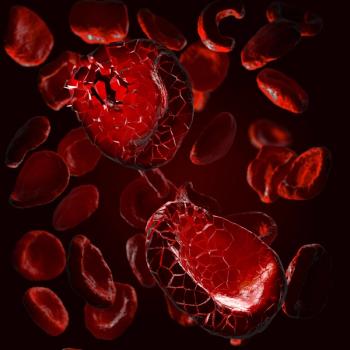
CAR T-cell therapies such as liso-cel and axi-cel in DLBCL were the focal points during an Around the Practice program at the 2025 Tandem Meeting.

Among 18 patients with central nervous system lymphoma treated with the ibrutinib/nivolumab combination regimen, 3 had remission beyond 2 years.

The safety profile of loncastuximab tesirine plus glofitamab was consistent with the known profiles of the individual agents.

Anaplastic large cell lymphoma is a rapidly growing and aggressive hematological malignancy. This case highlights the rarity of isolated intradural extramedullary manifestations in the pediatric population.

Advances in next-generation sequencing and gene expression are reshaping T-cell lymphoma classification and the use of targeted therapies.

CAR T-cell therapy initially developed for mantle cell lymphoma was subsequently assessed in marginal zone lymphoma.

The efficacy of the BOVen regimen in chronic lymphocytic leukemia facilitated its evaluation in patients with mantle cell lymphoma.

Investigators can restart the phase 3 ALLELE trial assessing tabelecleucel for patients with EBV-related posttransplant lymphoproliferative disease.

Support for the decision follows a positive opinion from the Committee for Medicinal Products for Human Use based on the phase 3 ECHO trial results.

Results from the phase 3 HD21 trial showed that brentuximab vedotin plus chemotherapy was superior to alternative treatments in Hodgkin lymphoma.
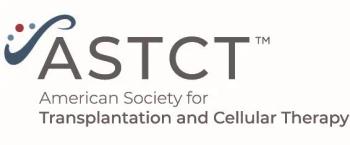
In a multicenter retrospective study authors examined the impact of prior inotuzumab ozogamicin exposure on the outcomes of brexu-cel therapy in adults with R/R B-cell ALL.

Increasing the use of patient-reported outcomes may ensure that practitioners can fully ascertain the impact of treatment for rare lymphomas.

Retrospective and real-world registry studies may be necessary to guide clinical decision-making for rarer lymphomas with insufficient prospective data.

Diagnostic developments using aberrances in biomarker testing may help enhance survival in patients with rare lymphoma subtypes.

Ongoing studies seek to evaluate immunotherapy in earlier lines of therapy for patients with early-stage Hodgkin lymphoma.

At the indication of the FDA and EMA, the phase 3 FLASH2 trial will further evaluate synthetic hypericin in early-stage cutaneous T-cell lymphoma.

A paucity of prospective, well-vetted data to guide therapy in patients with rare lymphomas may result in a reliance on expert consensus guidelines.

Panelists discuss how the treatment landscape for diffuse large B-cell lymphoma (DLBCL) is poised for transformation as novel chimeric antigen receptor T-cell approaches integrate with existing therapies, enhancing efficacy and durability. Insights from Tandem 2025 highlight advancements in cellular therapy, including combinatorial strategies and next-generation chimeric antigen receptor T-cell designs, driving optimism for improved patient outcomes.


